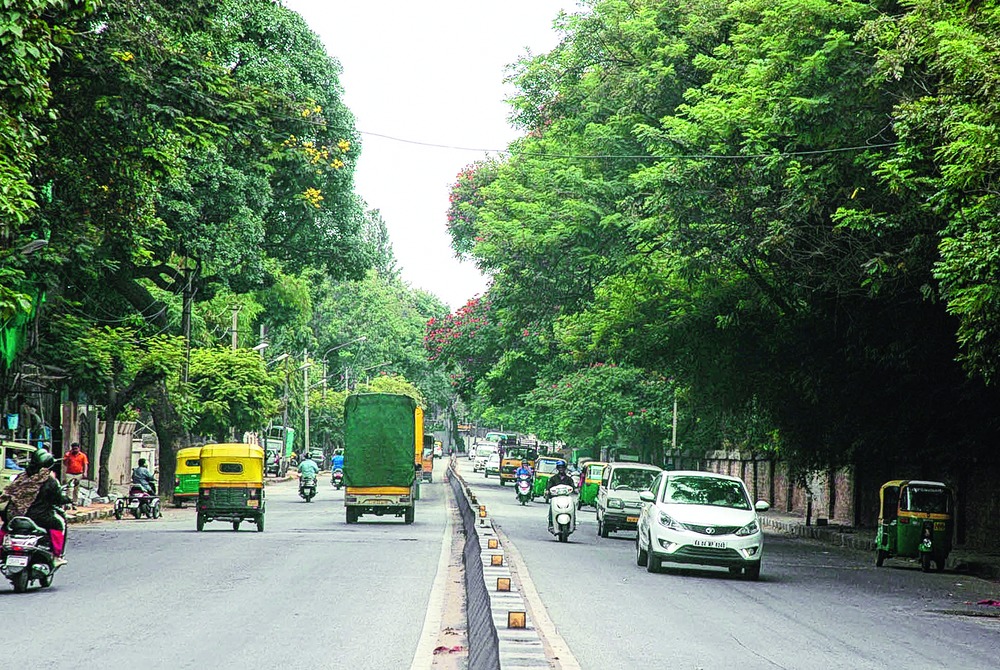A CASE FOR TREES OF BANGALORE BY TM BHARGAV M B
In the early days of August this year, the Bangalore Development Authority stirred up a hornet’s nest when it released the Environmental Impact Assessment (EIA) of the proposed Peripheral Ring Road. An eight-laned curved stretch encircling Bengaluru together with the NICE road, the project requires a whopping 33,838 trees to be felled, the EIA said. No sooner was the report made public than the environmentalists were up in arms. But not everyone stood for the trees. With the notion that environment and development are a broad contradiction, a faction of the population along with the civic authorities feels that trees are an impediment for development. But the little-known fact is that the trees actually ‘developed’ Bangalore! Yes, the trees made Bangalore what it is today! According to statistics, less than 44% of Bangaloreans are the native Kannadigas. Well, what does that mean? It doesn’t mean that the natives are too less. It should be inferred that the immigrant population from the rest of the country and world has emulated a local population. This is a testimony that Bangalore is one of the very few cities in the world which has the power to lure people from outside to permanently settle there. Bangalore has truly become a preferred destination. And undoubtedly it is because of the salubrious climate provided by the ubiquitous lush greenery. This allure of the city made it the most sought-after city in India, and it entailed a rapid increase in population, enterprises, and overall economic activity. As a corollary, that pushed up the land prices, giving an immense boost to the real estate market. This helped the city achieve the world record of fastest growth in 20 years. For many years it remained the fastest growing city in the country. According to a slew of surveys, the city is one of the most livable cities of India. Bangalore has also been among the best places to live for expatriates. The swift rise in population unfortunately, resulted in a sudden unexpected increase in vehicular traffic density. The trend of more and more affluent people shifting their base to the city has resulted in highest ever growth rate in number of vehicles, making traffic jams invincible. And this has been railroading the shortsighted local governments to take up projects like road-widening, flyovers, and elevated expressways, felling the same good old trees that made the city. It’s ironical that while people come here to relish the climate, the former goes on cutting trees for the latter’s sake. Moreover, experience from the developed world proves that such projects are temporary solutions at best, with public transport being the one and only long-term solution. The pleasant climate will be a goner if the rampage against trees continues. What else do you expect by clearing natural filters to make way for more pollutants? With the quality of life becoming as mundane as that of other cities, Bangalore can never witness the present distinct rate of economic development. The decades old trees and the lovely climate is a natural endowment which should not be ruined by ourselves. The civic authorities must cease viewing them as just “trees”. Trees are the insignia, the mascot, the protagonists, and the very identity of Bangalore. The silent catalysts that activated a sleeping Pensioner’s Paradise into a buzzing Silicon Valley.
![]()


